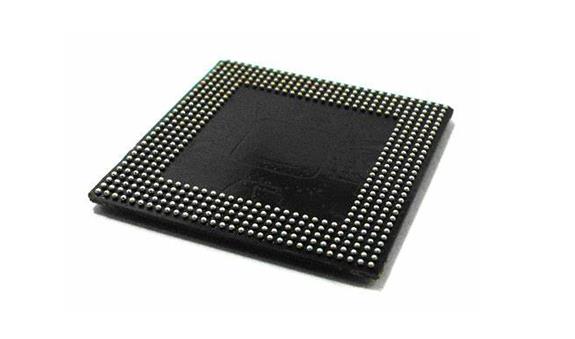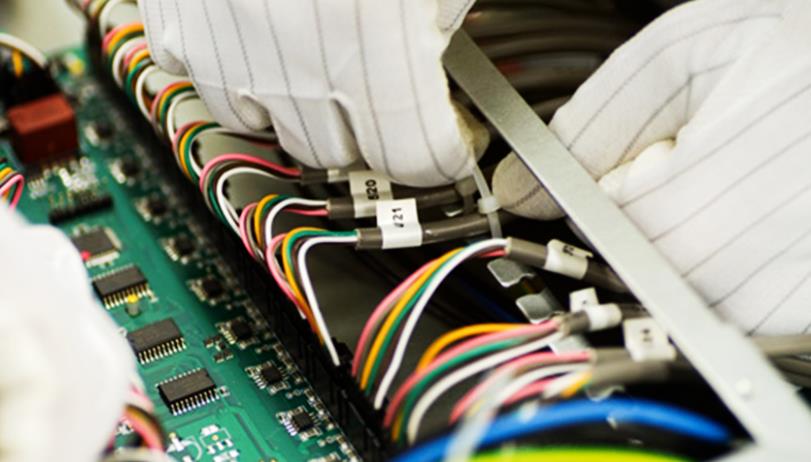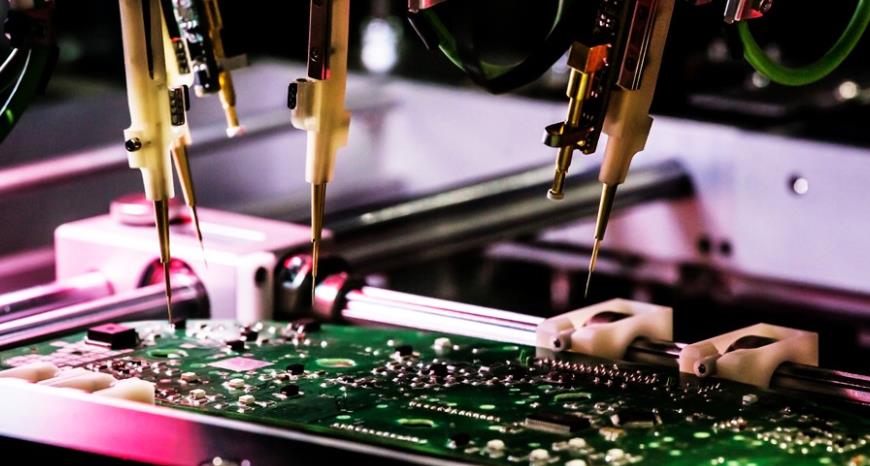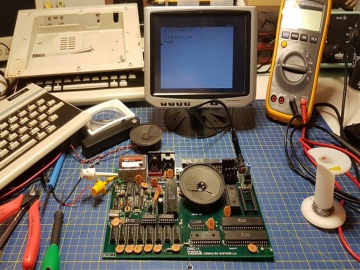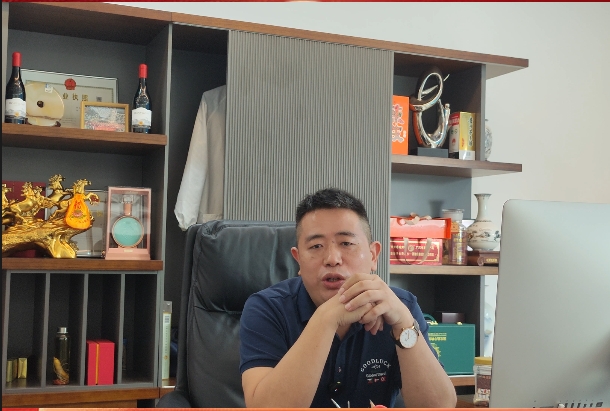High-Speed Printed Circuit Board Manufacturing and Assembly
High-Speed PCB Manufacturing
Definition and Characteristics:
High-speed printed circuit boards (High-Speed PCBs) are specifically designed for high-speed signal transmission. Their design, material selection, and manufacturing processes are optimized to minimize signal transmission delays, crosstalk, and electromagnetic interference (EMI).
They are commonly used in electronic devices requiring high-frequency, high-speed data transmission, such as high-speed computers, communication equipment, radar systems, etc.
Manufacturing Techniques:
Multi-Layer Stacking: High-speed PCBs often employ multi-layer stacking designs to provide shorter signal paths and better electromagnetic shielding.
High-Precision Processing: High-precision processing equipment and techniques are required to ensure precise control of line widths, line spacings, and hole positions.
Special Materials: Low-loss, high-dielectric constant materials, such as those from brands like Rogers and Taconic, are used to reduce signal attenuation and improve signal integrity.
Impedance Control: Precise impedance control is applied to ensure signal stability during transmission.
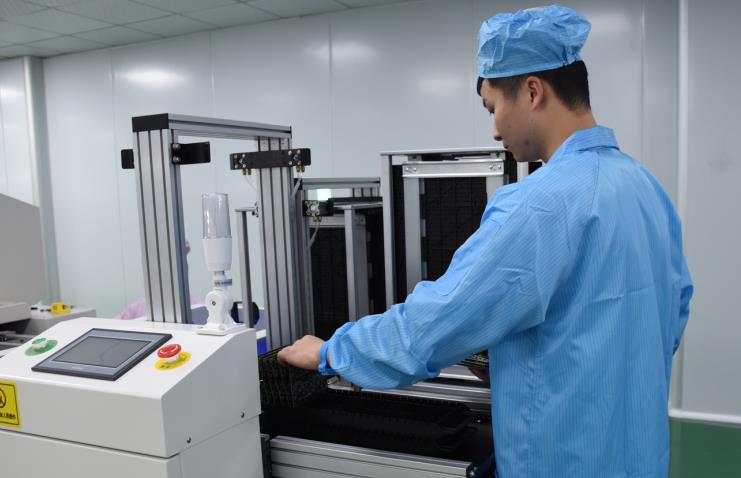
Manufacturing Process:
Design: Professional CAD software is used for circuit design, including routing, layout, and simulation analysis.
Manufacturing: Involves multiple steps including raw material preparation, lamination, drilling, plating, etching, lamination, cutting, and testing.
Quality Control: Rigorous quality control is implemented at every stage of the manufacturing process to ensure product reliability and performance.
High-Speed PCB Assembly (PCBA)
Definition:
High-speed PCB assembly (PCBA) refers to the process of mounting electronic components, integrated circuits, and other parts onto high-speed PCBs according to design specifications, followed by soldering, testing, and other processes to form complete circuit board assemblies.
Assembly Processes:
SMT (Surface Mount Technology): Directly mounts electronic components onto the PCB surface and establishes electrical connections through soldering.
THT (Through-Hole Technology): Used for larger components or those requiring special connections, where components are inserted through holes in the PCB.
Soldering: Techniques such as wave soldering and reflow soldering are employed to ensure secure and reliable electrical connections between components and the PCB.
Testing: Functional, performance, and reliability tests are conducted on the assembled PCBAs to ensure compliance with design requirements.
Automation and Intelligence:
With the development of automation and intelligent technologies, the assembly process of high-speed PCBAs increasingly relies on automated equipment and intelligent systems. These devices enable high-speed, precise component placement and soldering, improving production efficiency and product quality.
High-speed PCB manufacturing and assembly are complex and precise processes requiring advanced manufacturing techniques, high-precision processing equipment, and stringent quality control. As electronic technology continues to evolve, high-speed PCBs are becoming increasingly prevalent in electronic devices, driving the need for continuous technological innovation and process improvements to enhance production efficiency and product quality.
Tags: Assembly /
Prev: PCBA Metallization Board Edge Considerations
Next: Why Choose Small Batch PCBA Project?


